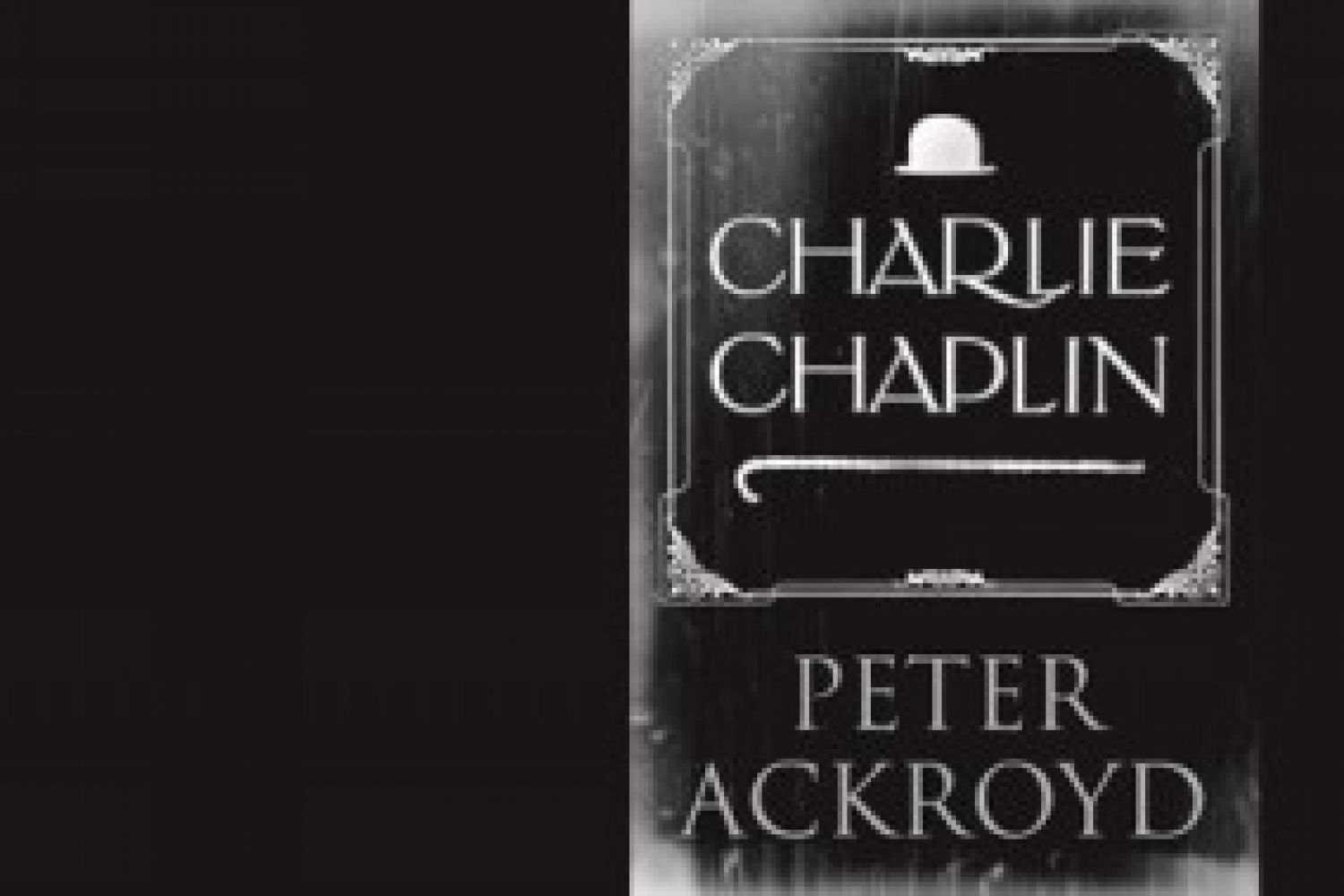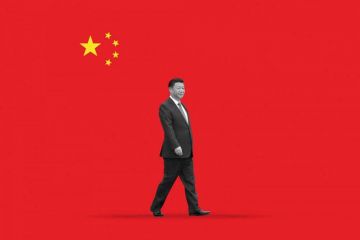
Charles Spencer Chaplin (1889-1977) was the most celebrated
comedian and film-maker in the history of cinema. Nearly 40 years after his
death, his screen-name “Charlie’’ still brings a smile to the face. Much has
been written about his art and life. Critics and biographers have been
reasonably perceptive about the throwaway mastery of his art, but not quite so
about his life. This piece, although inspired by Peter Ackroyd’s biography
titled Charlie Chaplin, is certainly not a review





